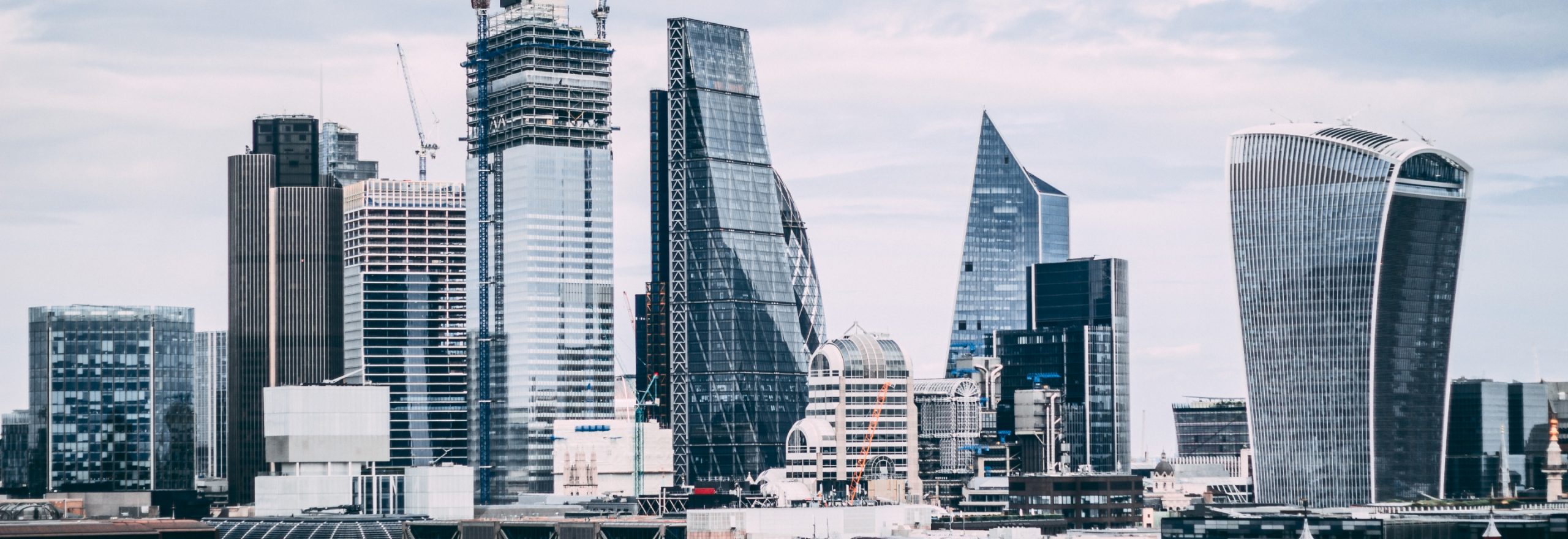PPVS Complete Facilities Management

What is Emergency Lighting?
When the main power supply is interrupted, emergency lighting is illumination for an emergency scenario when regular electrical lights fail. The loss of mains electricity might be as a result of a fire or a power outage. This might lead to total darkness and potential risk to people, whether through bodily harm or panic.
Because of this, emergency lighting is one of the most important elements of safety in the modern business environment. By law, all occupied buildings must be fitted with escape lighting to allow people to safely exit if the mains power brakes.
In this article, we will explore the different kinds of emergency lighting, where they should be used, and why they are so important to maintaining a safe commercial building.
Types of Emergency Lighting
There are five main types of emergency lighting which all have different purposes:
Maintained Emergency Lights
The “maintained” system is a conventional light fixture linked to and controlled with all the other lights in the room. When the electricity goes out, though, the emergency lights continue to function at reduced brightness. As the name implies, maintenance is required for this kind of lighting.
Non-maintained Emergency Lights
These lights are generally switched off in the majority of cases, however, a green LED informs users that the batteries are fully charged. If there is a power outage, the connection between the fitting and the battery supply turns on. These attachments aren’t linked to general lighting and are typically used as exit signs in an emergency.
Combined Emergency Lights
Two or more lights are included in the combined emergency lighting system. At least one of the lights is powered by the emergency lighting supply, while the other is powered by the regular supply.
Compound Self-contained Emergency Lights
A luminaire with an integrated self-contained emergency system can switch between maintained and non-maintained emergency lighting, in conjunction with the emergency power supply for satellite lighting.
Satellite Emergency Lights
A self-contained associated compound is used to generate the satellite emergency lighting system, which is a luminaire for maintained or non-maintained operations.
If you are unsure about which kind of emergency lighting would be appropriate for your business, please get in touch with our experts today.
Testing of Emergency Lights
The emergency lighting system must be tested by a competent engineer to ensure that it can switch over to the battery supply in the event of a mains power outage, simulating a normal lighting circuit shutdown forcing the emergency light system to activate.
An annual full system inspection and duration test of the emergency lights should be carried out by a “competent person,” which is someone with the requisite training and expertise to keep track of emergency lighting upkeep and servicing.
Where can Emergency Lighting Be Used
During an emergency, all exits and escape routes must be lit to a minimum of 1 lux, however, there are different requirements for different areas of a building such as:
Open Areas
During an emergency, the open area must be lit by at least 1 lux if it is the quickest and safest escape route. Emergency lighting is not required when the open space is not part of the escape route and measures less than 60 square meters. Emergency exit doors, on the other hand, must include warning signs and emergency lights that assist and guide personnel appropriately.
Escape Routes
During an emergency or the evacuation of personnel, like with the open area’s emergency lighting, the escape route should be lit by at least 1 lux. Furthermore, if the escape route is a corridor, it must be uncluttered and free of any objects that may hamper traffic flow or cause additional injuries.
Stairwells
Due to a higher risk of hazards and incidents, the required amount of light in these areas is at least 2 lux during an emergency. Stairwells are particularly hazardous during panic or smoke because people might trip over and block the escape route, resulting in irreversible damage and loss of lives. As a result, by law, a minimum of 2 lux is required as adequate illumination.
As you can see, emergency lighting in commercial buildings is a crucial element to any safety plan. Emergency lighting must be installed and maintained by experienced professionals to ensure that the system is effective and operational. Here at PPVS, we offer full emergency lighting, maintenance and repair services, so get in touch today.

Get in touch to see how we can help with your Facilities Management.
For general enquiries please fill out the form and our team will be back in touch. Or give us a call or email using the details below.







